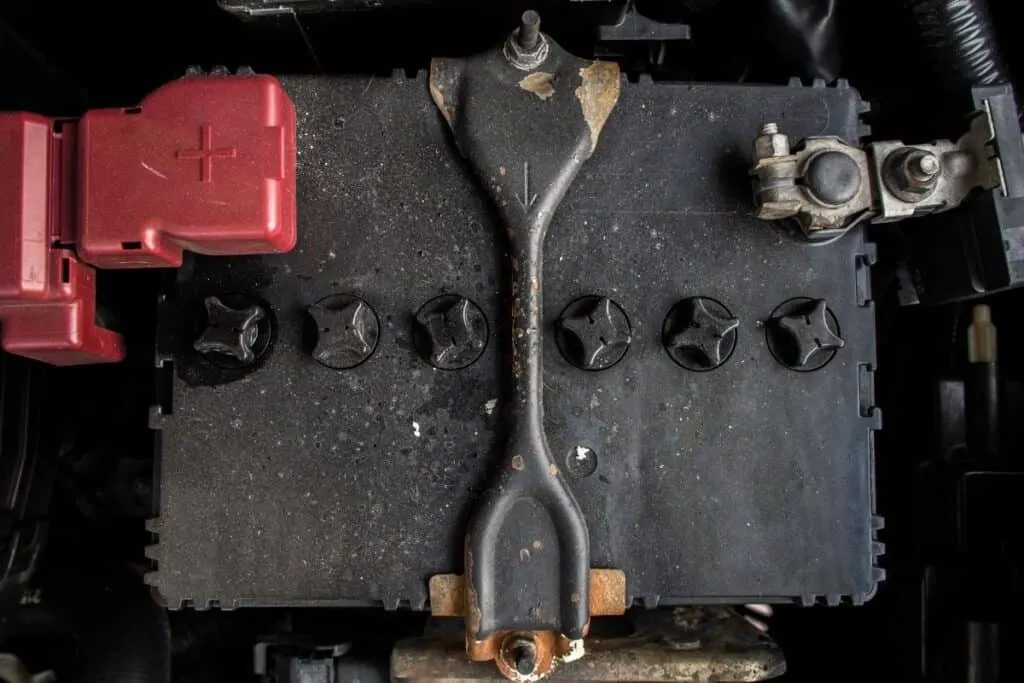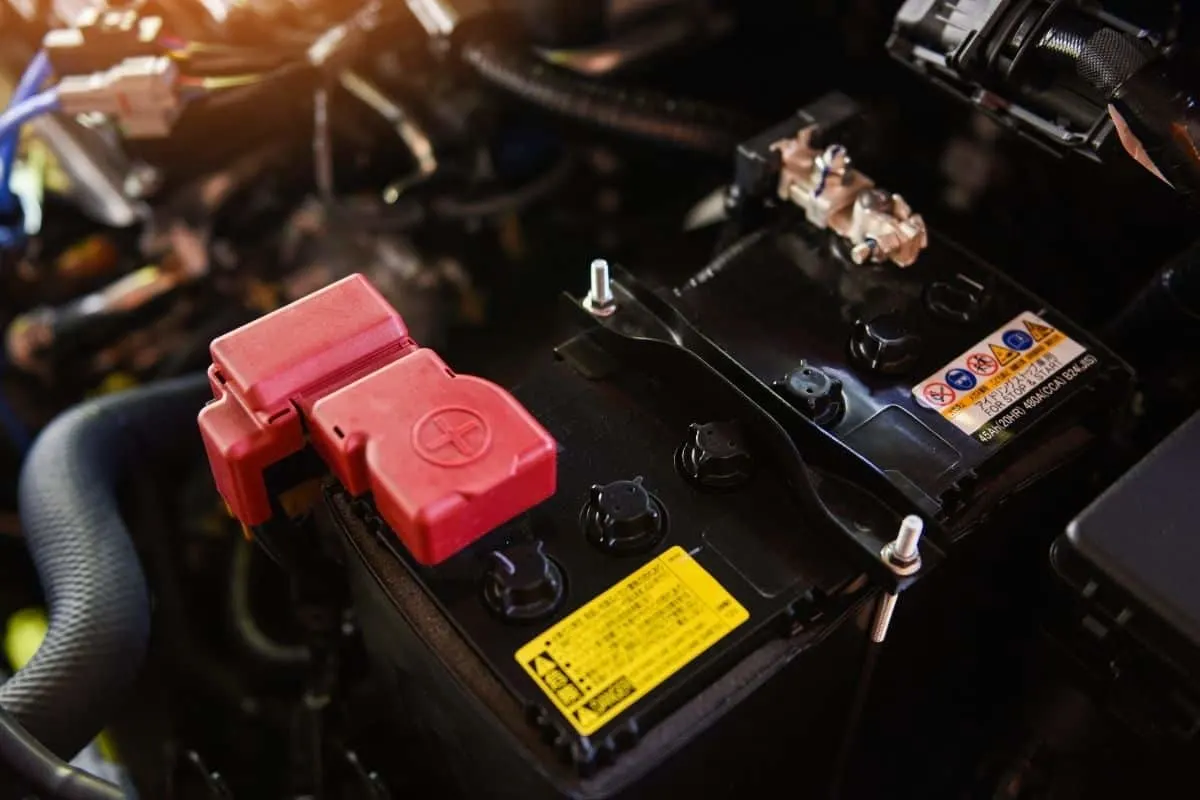A car battery plays a crucial role in your car’s ecosystem. It’s not always easy to know if your battery has a problem or not. However, there is a glaring difference in operation between a new battery and recharging a low but healthy battery.
Modern car batteries being sold today come already charged from the manufacturers. A sticker on top of the battery should list a date for when it was last charged.
In this article we take a look at what to do when you first get your new battery and how you can tell if your battery needs a replacement.
Do New Car Batteries Need Charging?
Typically, a new car battery comes sufficiently charged and starts your car’s engine. Therefore, you don’t need to charge your battery before use as it’s around 90% charged already.
It’s also common for lead-acid batteries to lose 5% charge monthly, therefore, ensure you are purchasing the newest battery on the market (preferably 3 months or less).
Ensure that you get your battery from a reputable business or from the manufacturer. It should also come fully sealed with all its packaging not tampered with.
However, it might be advisable for you to charge your new battery if you have enough time to do so. This is because the alternator will not charge the battery to full capacity while driving.
By charging your new battery to full capacity, you guarantee an increase in your battery’s life expectancy.
With today’s technology, you can connect your new battery to a quality battery charger. This device will apply a smart and steady charge to your battery and it’s safe to leave it connected to your battery indefinitely.
If you anticipate not using your vehicle for a while, the device will keep your battery from self-discharging and getting damaged. This device would also charge a completely dead battery in 8-12 hours depending on your battery’s size.
Remember that you should charge your battery every 3 months with its designated charge. This will ensure that if your vehicle’s alternator isn’t fully charging your battery, it charges fully.
This often happens because of poor driving habits such as:
- Constantly turning the ignition on and off i.e., during traffic.
- Taking short trips without letting the battery charge
- Leaving the lights on
- Charging numerous gadgets
All these things can ruin your car battery causing it to discharge faster than usual!

Should You Run a Car After Installing a New Battery?
This totally depends on the battery’s manufacturer. Ensure that you remove all packaging materials before installing the battery.
The owner’s manual will tell you when you can start the vehicle after installing a new battery. The information will be different for each make and model but, in most cases, it might be 8 hours or overnight.
The manual will also give insights on charging instructions based on model and the year of manufacture.
While you are waiting, you can always charge the battery to replace the charge that dissipated during shipping to restore the chemical balance in the battery.
Do Car Batteries Charge While Idling?
No. An idle battery will not charge while idle. On the contrary, the battery will self-discharge at the rate of 4-5% of charge per month. This applies to different types of batteries including NiMH, alkaline, lead-acid and Lithium-ion batteries.
All batteries enjoy being fully charged at all times. If a battery has been idle for more than 6 months, reverse chemical reactions start to take place inside the battery. As the battery loses its charge, its plates start to sulfate.
With the sulfate covering the lead plates of the battery, they start to harden and your battery’s shelf life starts to deteriorate. The longer the battery remains idle, the worse the problem becomes.
To prevent this from happening to your battery, ensure that you are charging and using it regularly. If it is a new battery, make sure you check the sticker on the battery to ensure that its not older than 3 months.

How to Tell When Your Car Battery Needs to Be Replaced
While new batteries come charged and ready to go, they will eventually need to be replaced. Follow these signs and tests to know when it’s time to replace your car’s battery.
1. Old Battery
It’s important to check your battery for damage regularly so that you can prevent major issues to your vehicle.
Every 3 years is a good time for you to do either or both of the following tests:
The Eye Test
When you lift the hood, check for any signs of:
- Corrosion on the posts that hold the battery or the cell connectors
- Broken or frayed cables
- Unusual stains
- Cracks on top or to the sides of the battery
- Sulfuric acid smells
- Misshaped battery case
If you detect any of the signs above, then its time to replace the battery!
The Load Test
- Using a multimeter/voltmeter:
- Calibrate your device to 20 DC volts.
- Ensure that the prongs match the positive (red) and negative (black) terminals on the battery.
- Don’t start the car yet but push the start button
- Check to see if the reading is 9.6 volts. If the needle hits that point and starts to steadily drop or immediately falls to 0 then your battery has a problem.
- Turn on the car and check for readings between 12.2 – 12.9 volts. A lower reading means that the battery needs a low charge while a higher reading indicates that the battery needs to be discharged.
Excess charge can be removed by running the vehicle’s high beam headlights.
To charge the battery, connect the plug of an electric cord to the socket and using alligator clips, connect them to the positive and negative terminals of the battery.
A slow charge will benefit your battery in the long term more than a fast charge.
2. Slow Starting Engine
When your car takes a long time for the engine to start, it’s a sign that your battery might be damaged. This is due to the battery’s components either being worn out or faulty.
This in turn affects the battery’s ability to generate a strong enough charge to start the car. When you notice that it takes a few extra seconds for your engine to start, your battery is definitely on its last leg.
3. Electrical Issues
Look out for any issues with your electronic components such as lights, dashboard computer, radio etc. If the lights are dimmer than usual or flickering and the radio is acting up, then you might want to check the battery.
Since it’s the battery’s job to provide power for all electrical parts of the car, a faulty battery will be stressed if it is operating at a low capacity. The more electronic gadgets your vehicle has, the faster the battery will die.
4. The Engine Check Light
While the engine check light doesn’t necessarily tell you exactly what is wrong with the vehicle, it indicates that something is up in the engine.
When you notice the indicator light is on, you can check on the battery using all the signs to see if it might be the culprit. If you are unsure, you can take your vehicle to an auto repair shop to have a professional look at the true cause of the lights being on.
A new battery typically ranges from $100-$400.
Before you invest in a new car battery, have your vehicle’s make, model. Battery size and engine size ready when going to a retailer on your own.
Otherwise, if a mechanic does the job then you can be sure he will know the right battery for your vehicle.
